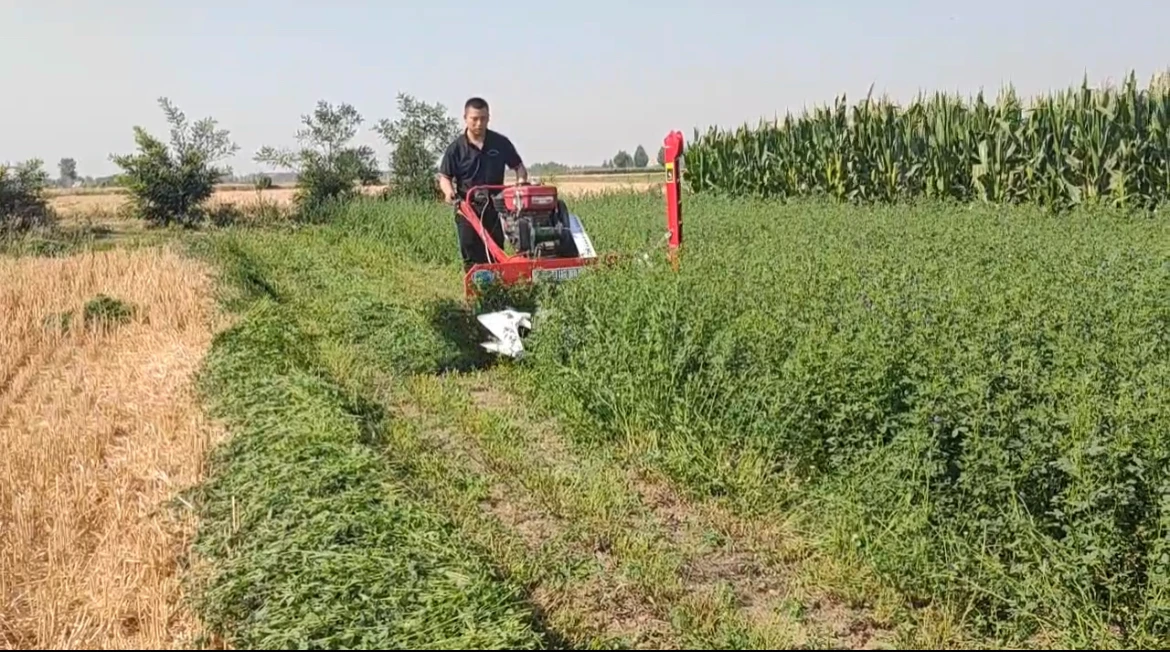Innovative Paddy Binder Machine for Efficient Rice Harvesting and Processing Solutions
The Paddy Binder Machine Revolutionizing Rice Harvesting
In the world of agriculture, particularly in rice cultivation, the efficiency of harvesting plays a crucial role in determining yields and the economic viability of farming. The paddy binder machine has emerged as a pivotal tool in rice harvesting, streamlining the process and enhancing productivity for farmers around the globe.
Understanding the Paddy Binder Machine
The paddy binder, also known as a rice binder, is an agricultural machine designed specifically for the purpose of cutting and binding rice stalks into bundles after harvesting. Traditional methods of harvesting rice involve manual labor, which can be labor-intensive and time-consuming. The introduction of the paddy binder has significantly reduced the effort and time required for harvest, allowing farmers to focus their efforts on other critical aspects of rice production.
Typically, a paddy binder operates with a simple mechanism that involves cutting the rice stalks at the base and then automatically binding them into neat bundles. This automation ensures consistency in the size and number of bundles produced, which is essential for storage and transportation. Most paddy binders are equipped with a powerful engine, sharp cutting blades, and a binding mechanism that utilizes twine or rope.
Advantages of Using Paddy Binder Machines
1. Increased Efficiency The most prominent advantage of a paddy binder machine is its efficiency. With the ability to cut and bind rice stalks in one operation, the paddy binder can complete tasks in a fraction of the time taken by manual labor, significantly speeding up the harvesting process.
2. Reduced Labor Costs By minimizing the requirement for manual labor, farmers can significantly cut down on labor costs. The reliance on fewer workers not only saves money but also mitigates the challenges posed by labor shortages during peak harvesting periods.
paddy binder machine

3. Improved Quality The consistent cutting and binding ensure that the rice stalks are handled gently, reducing the risk of damage to the grain. This leads to better quality rice, which can command higher prices in the market.
4. Versatility Modern paddy binders are designed to handle various rice varieties and can be used in different terrains, making them suitable for a wide range of farming environments. They can also be adjusted to handle different cutting heights, accommodating various growth stages of rice plants.
5. Enhanced Economic Viability With increased efficiency and reduced costs, farmers can improve their economic returns. The time saved can be redirected toward other farming activities, leading to overall better farm management.
The Future of Rice Harvesting
As global populations continue to grow and the demand for rice rises, innovative technologies like the paddy binder machine will play an increasingly vital role in sustainable agriculture. By embracing automation and efficiency, farmers can contribute to food security while fostering progress in rural economies.
With ongoing advancements in agricultural technology, future iterations of the paddy binder may incorporate features such as GPS for precision in fieldwork, or integration with mobile applications to monitor performance and maintenance needs. These developments will not only enhance efficiency but also support farmers in adopting more sustainable practices.
In conclusion, the paddy binder machine represents a significant advancement in rice harvesting technology. By streamlining the process of cutting and bundling rice, it not only increases productivity and reduces labor costs but also improves the quality of the final product. As we look to the future of agriculture, tools like the paddy binder are essential for meeting the challenges of food production in an ever-changing world.
Latest news
-
When to Upgrade Your Old Forage HarvesterNewsJun.05,2025
-
One Forage Harvester for All Your NeedsNewsJun.05,2025
-
Mastering the Grass Reaper MachineNewsJun.05,2025
-
How Small Farms Make Full Use of Wheat ReaperNewsJun.05,2025
-
Harvesting Wheat the Easy Way: Use a Mini Tractor ReaperNewsJun.05,2025
-
Growing Demand for the Mini Tractor Reaper in AsiaNewsJun.05,2025







